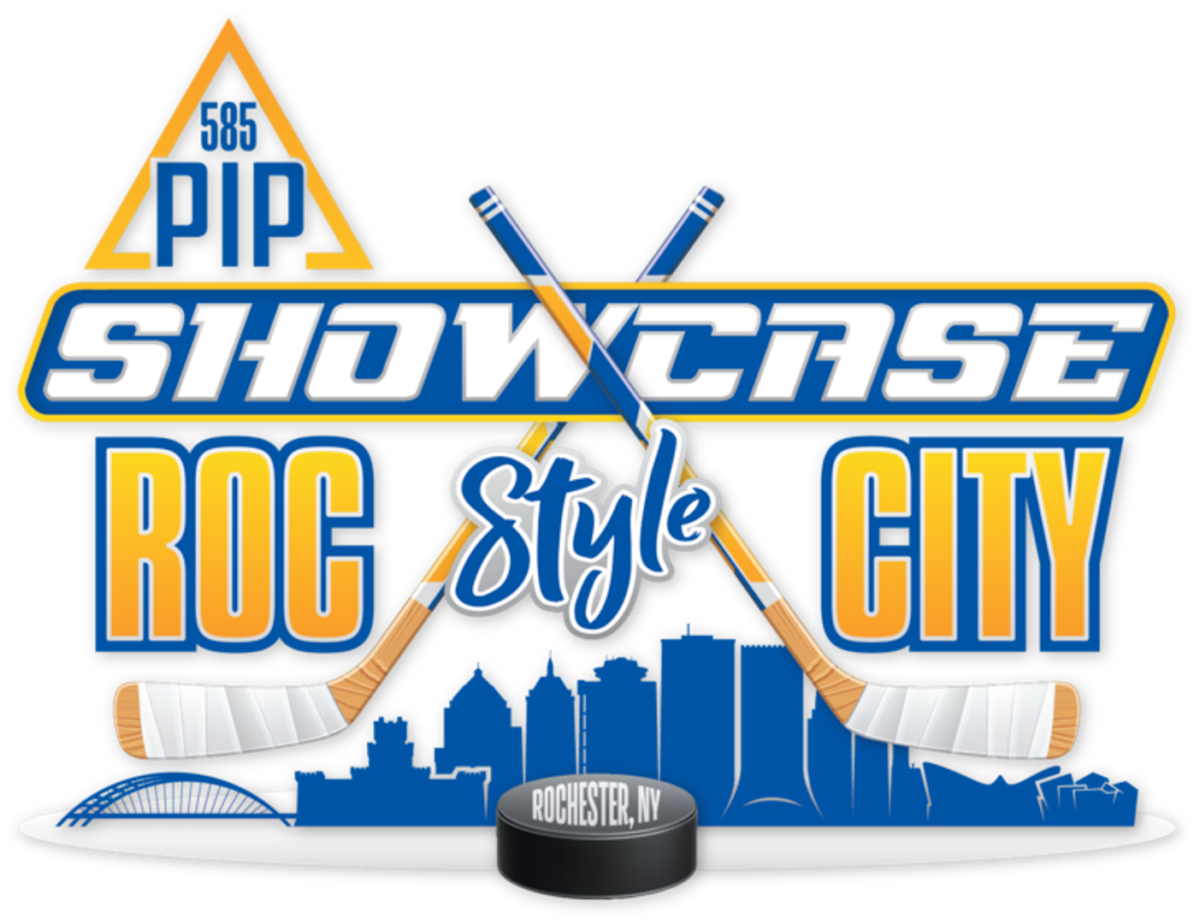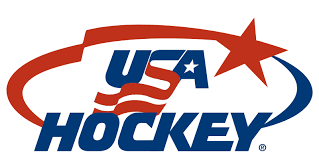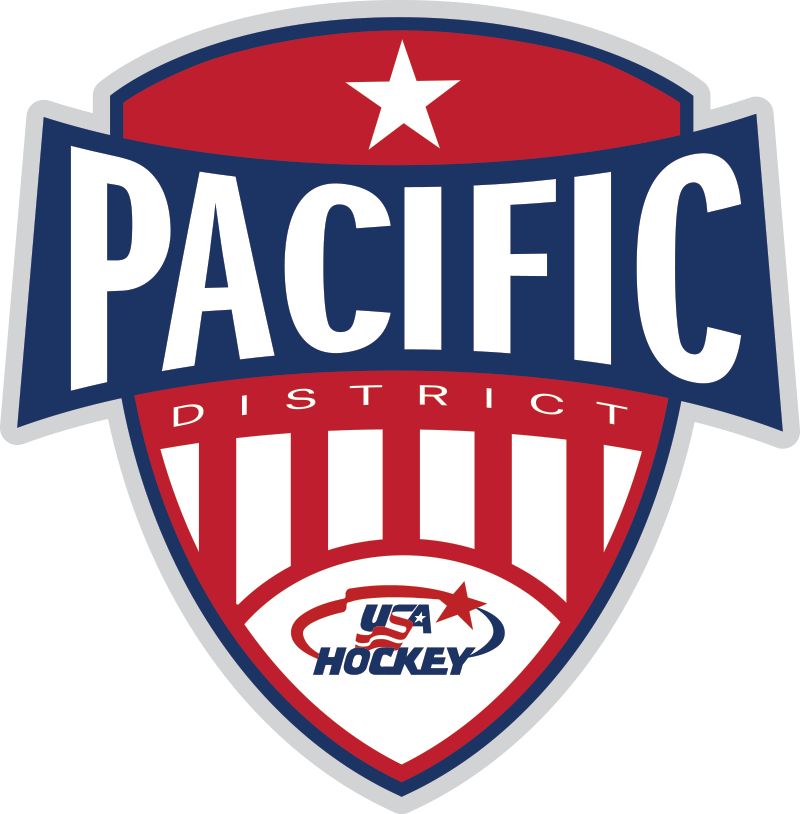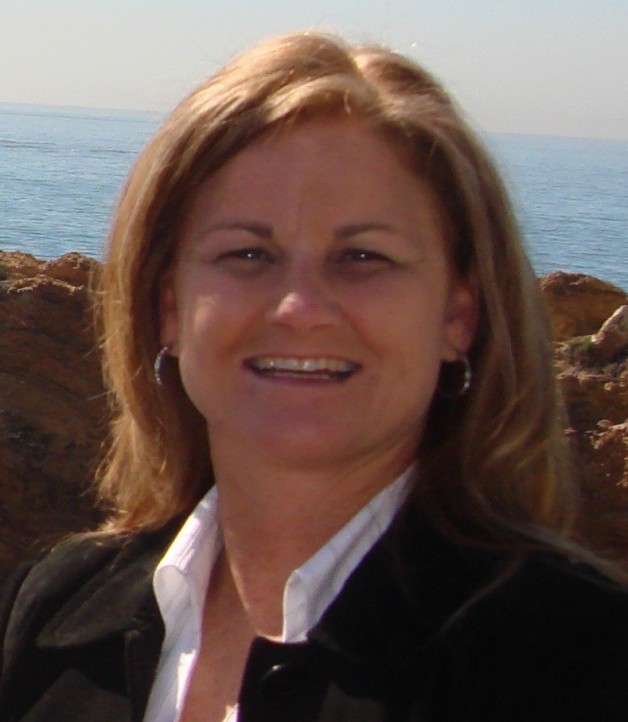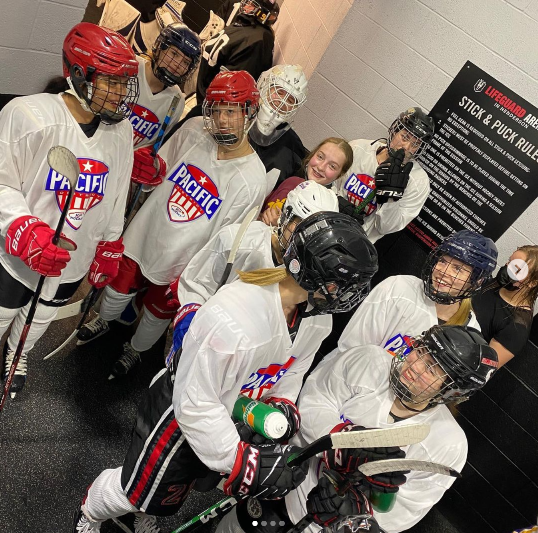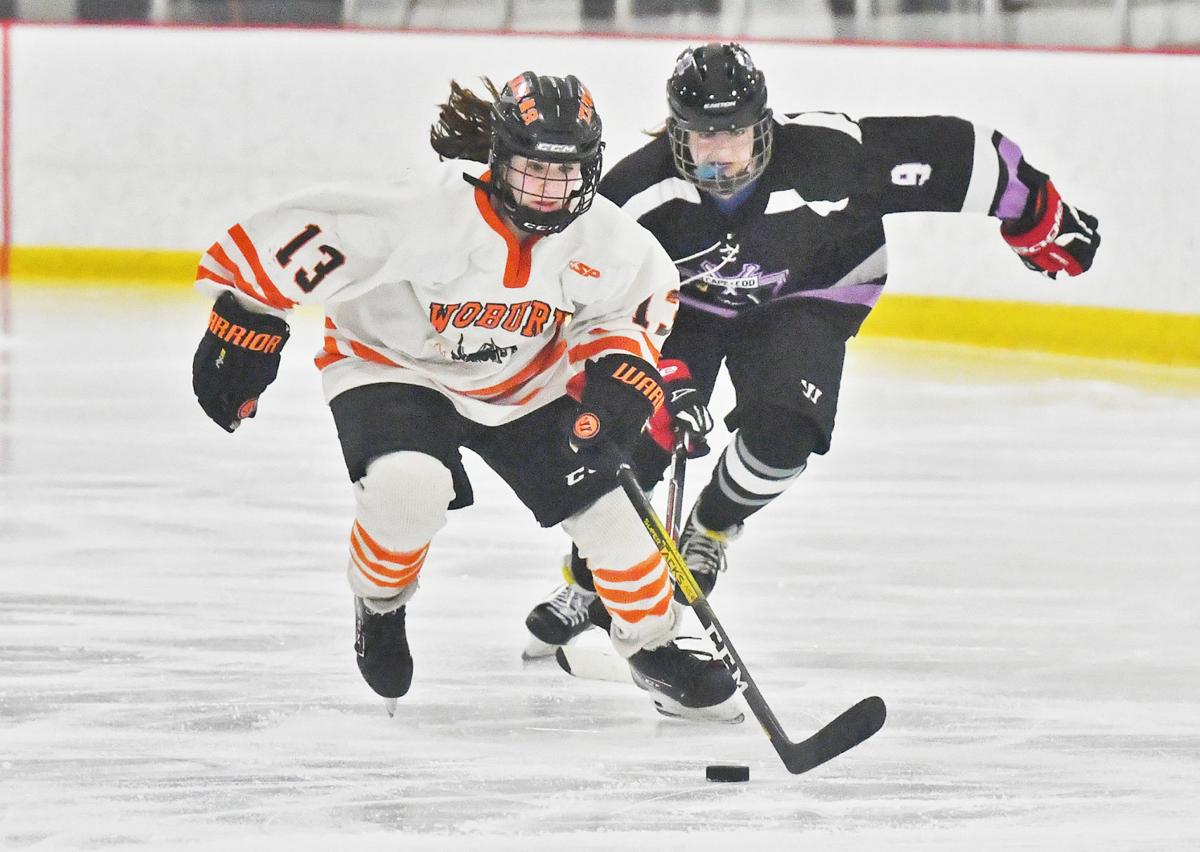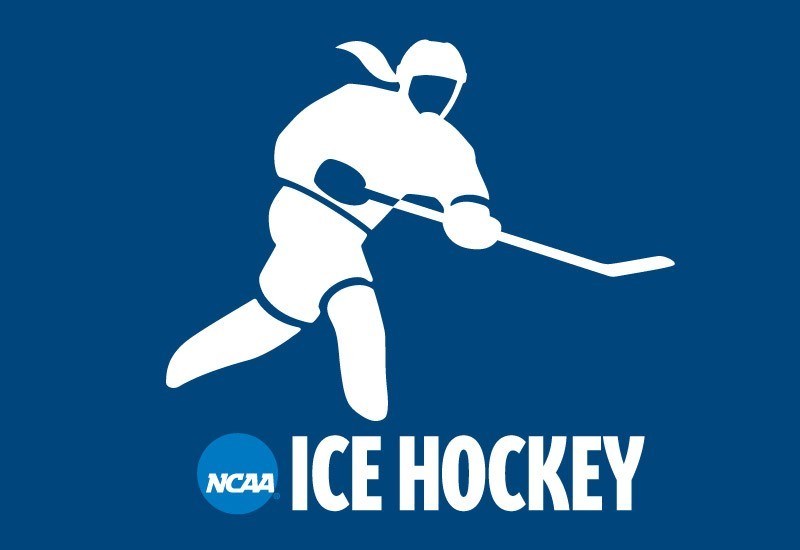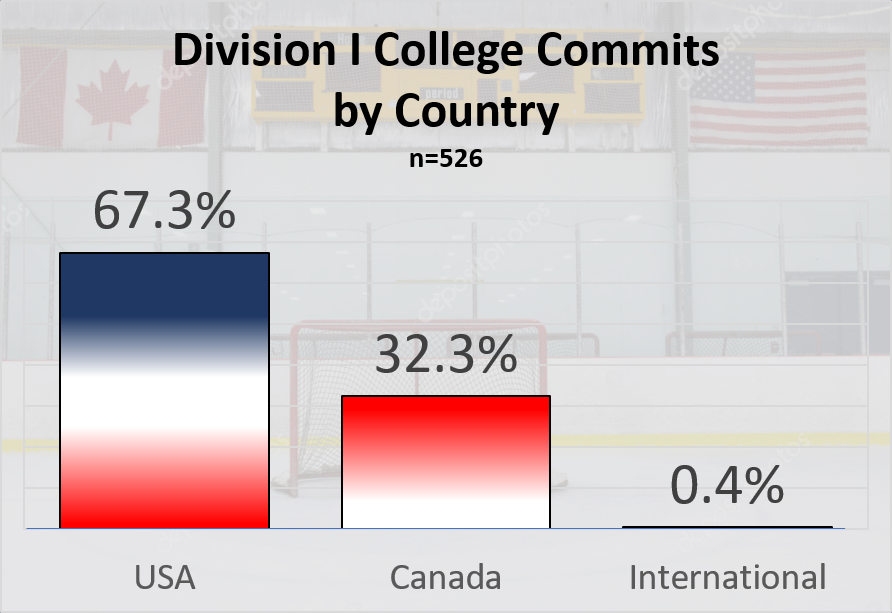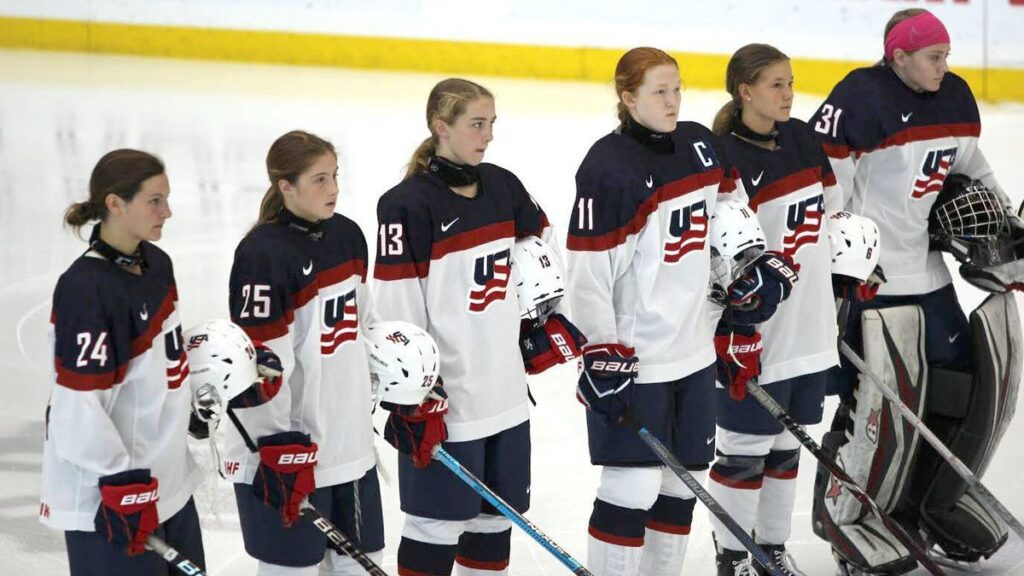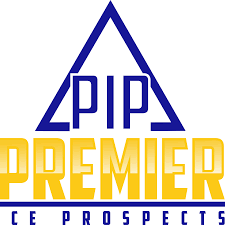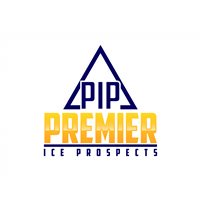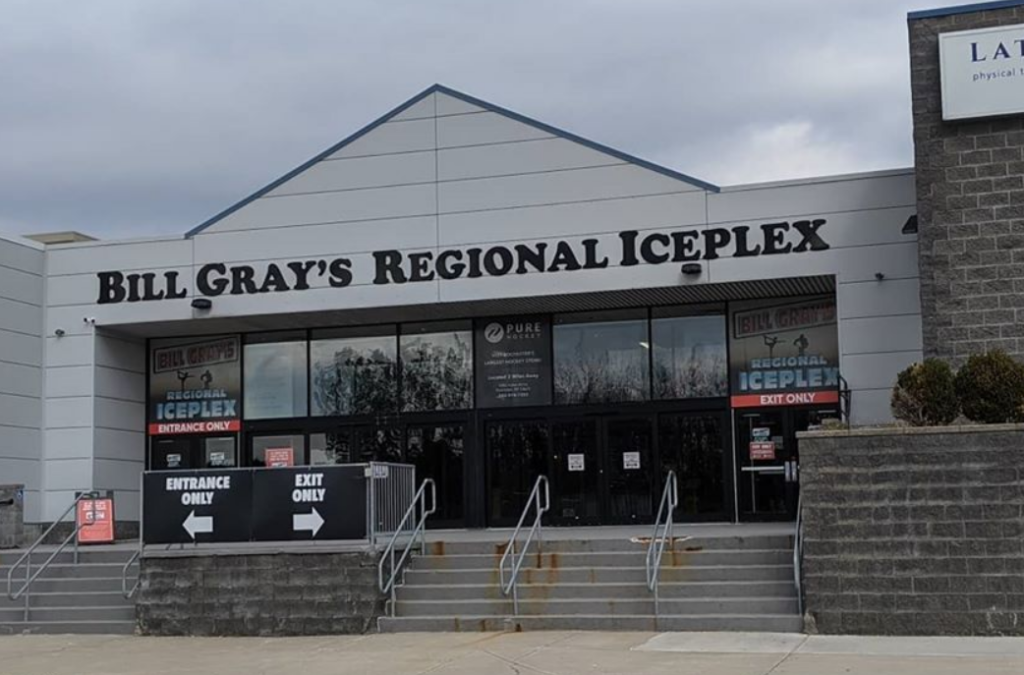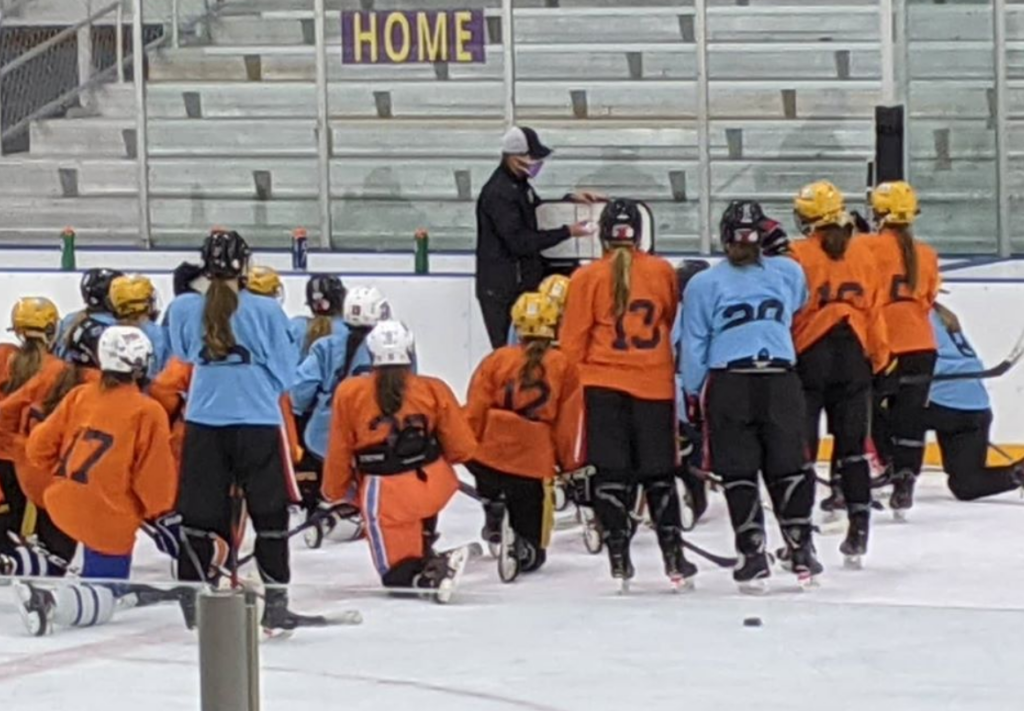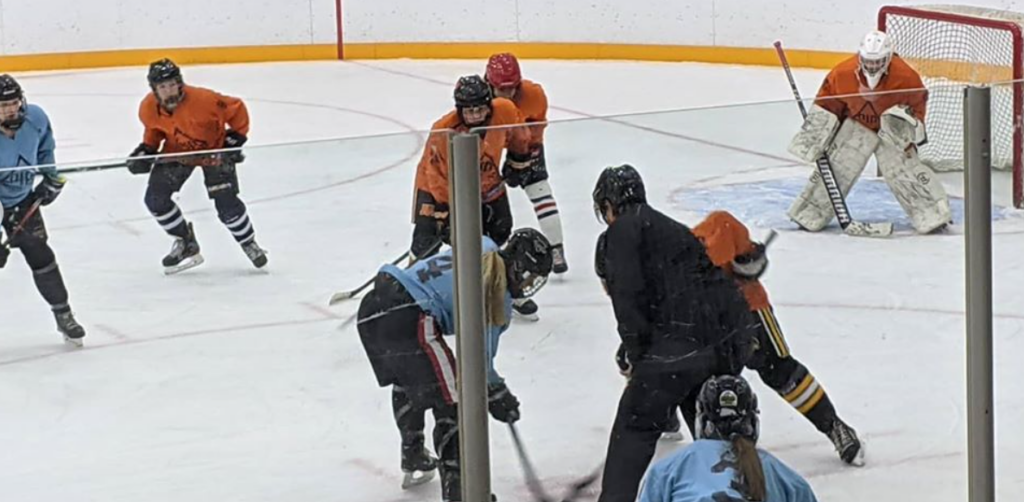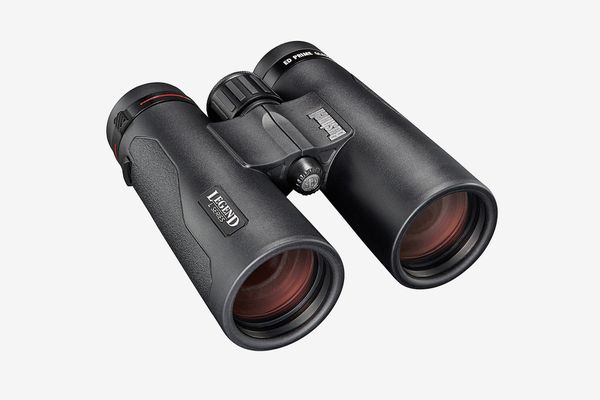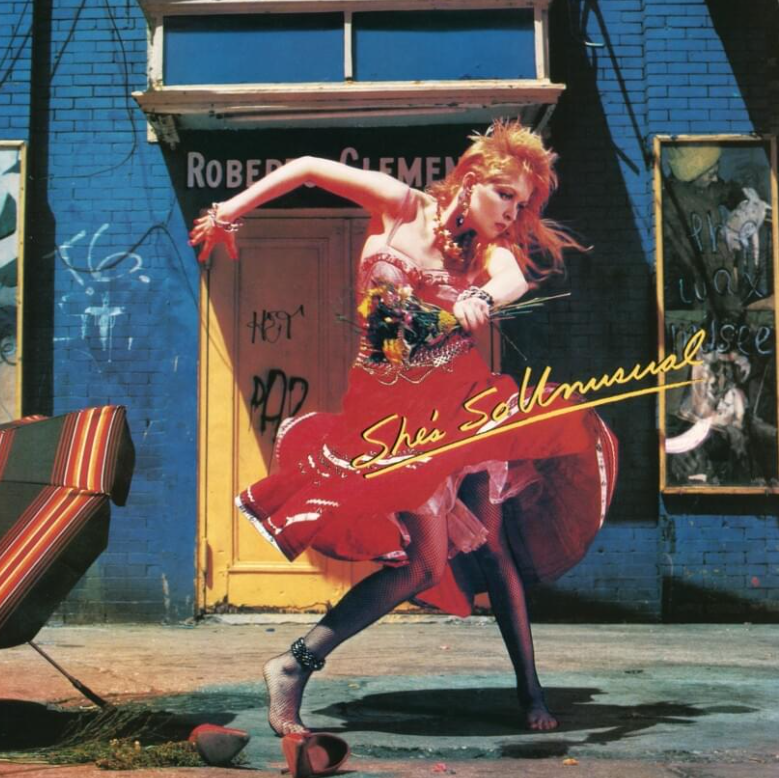This past weekend my 2006 daughter and I attended our first showcase with Division I coaches participating and scouting at the event. The 585 PIP Showcase – Roc City Style took place in Rochester, New York at the Bill Gray Iceplex from June 18-20, 2021. Here is what I learned…
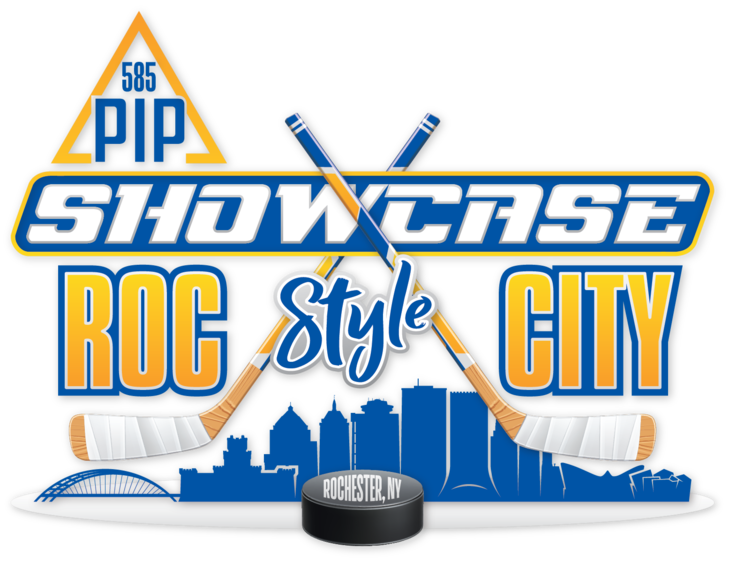
Who participated in the 585 PIP College Hockey Showcase?
In attendance were 180 players with birth years 2004, 2005 and 2006. Their break down by birth year and high school graduation year were as follows:

Included in these players, were many girls invited to the different 2021 USA Hockey Camps next month in Minnesota. Of particular interest to us, were the three players at the 585 Showcase who were the only 2006’s invited directly to the U18 Camp – thus, at least by USA Hockey’s assessment, considered the top three 15’s in the country.
From the recruiting side, there were 28 DI and 6 DIII schools represented (note: 13 schools were previous guests on the Champs App Podcast):
| Boston College | Mercyhurst | Quinnipiac | Yale |
| Brown | Merrimack | RIT | Connecticut College |
| Boston University | Minnesota | RPI | Elmira College |
| Clarkson | Minnesota Duluth | St. Lawrence | Nazareth |
| Colgate | Northeastern | Syracuse | Plattsburgh |
| Cornell | Ohio State | UConn | SUNY Oswego |
| Harvard | Penn State | Union | University of Buffalo |
| Holy Cross | Princeton | Vermont | |
| Lindenwood | Providence | Wisconsin |
20 of the DI coaches participated in on-ice events which for each player included a skills sessions, a practice and 4 games.
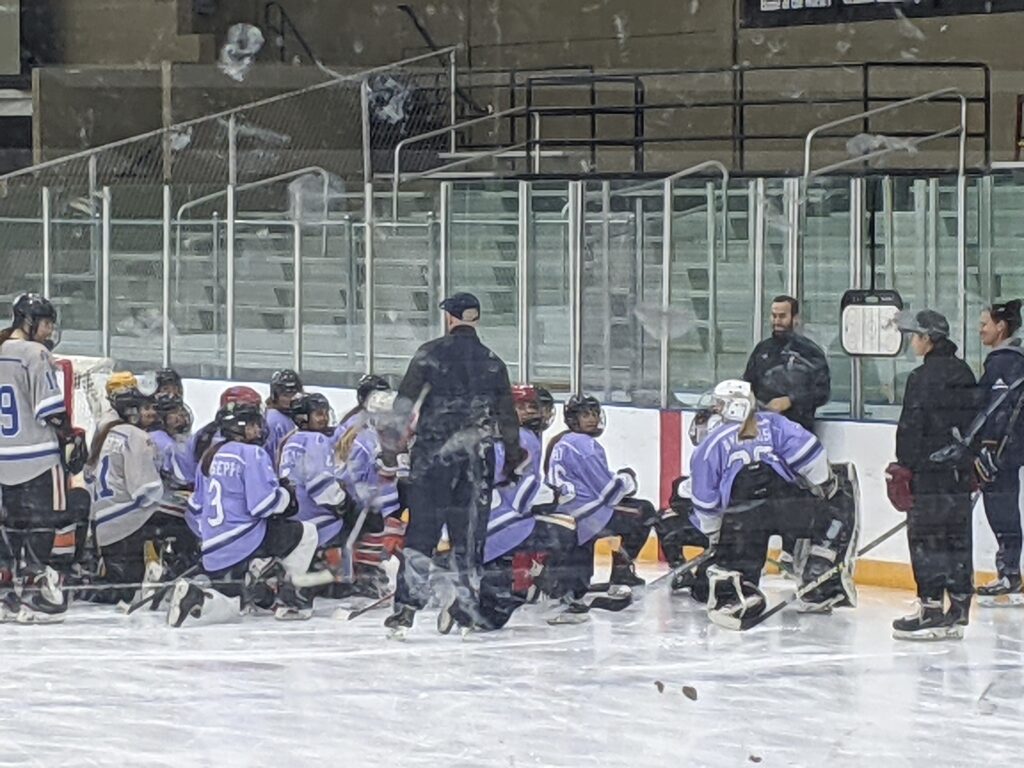
Starting the women’s college hockey recruiting process
Unlike the first showcase in Rochester that we attended last October, 2020 during Covid, our goals for this past weekend were very different. Back then, since my daughter hadn’t played with girls before, we were just trying to calibrate how good a hockey player she was compared to other female players.
This 585 event was the first step in the long journey of my daughter’s recruiting process with the intent of being seen by some of the schools she currently has an interest in. Something which makes her situation unique, is that she has only played on boys tier hockey teams and will once again play boys tier 1 hockey next season. While this is great from a hockey development perspective, this puts her at a disadvantage because she does not get seen at in-season girls tournaments or the USA Hockey Girls National playoffs. This is why spring/summer girls showcases are so important for her specific college recruiting journey.
What were our goals for attending a girls college hockey showcase?
One of the challenges I struggled with leading up to the weekend, was defining the objectives for the showcase and how would we measure success? Unlike the USA Hockey district camp we attended last month, where it was clear that the goal for my daughter was to be invited to the 15’s national camp and thus easily measurable (even though it took almost a month to learn the results). For Rochester, this is what we came up with:
- Initiate scouting coverage by a handful of schools that my daughter has an interest in
- Ideally, create the beginnings of a relationship with those schools via the on-ice coaching opportunities
- Get on the radar of other schools. This is a long process and who knows where the best fit(s) may be for my daughter when she gets closer to being able to talk directly with colleges.
- See what makes the Top 3 2006’s special
Being Proactive – Planning for a Girls College Showcase Weekend
To help with the first goal for the showcase, during the week prior to the event, my daughter sent a handful of emails to coaches who would be in attendance. She let them know why she was interested in their school and invited them to watch her during the weekend. Per NCAA recruiting rules, since my daughter cannot be contacted prior to June 15th, 2022 (at the end of her sophomore year), coaches could not email her back.
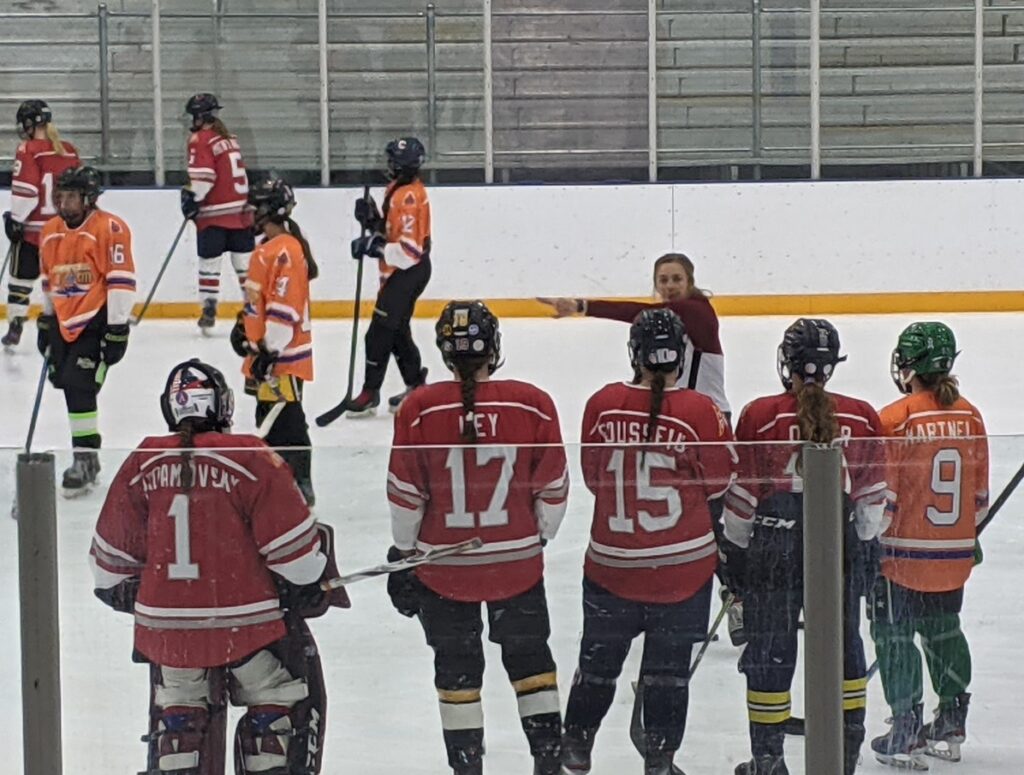
As a parent, it is unclear to me how college coaches scout at these events
My first takeaway from the showcase is that I really don’t understand how coaches scout at large showcases and tournaments – from my uninitiated perspective, there are just too many players and games to watch. During my podcast interviews, coaches have told me that while showcases are good to get to know players, they really prefer watching them play real games with their regular season teams. I did see most coaches carrying around the color-coded player lists for each team, many taking notes while coaching from behind the bench and when scouting games. However, given there were 180 players, I have many questions on how they decide which games to watch, which players to focus on and what they are evaluating. In my upcoming podcasts, I will be sure to dive deep on how coaches collect their information at these types of events with so much going on.
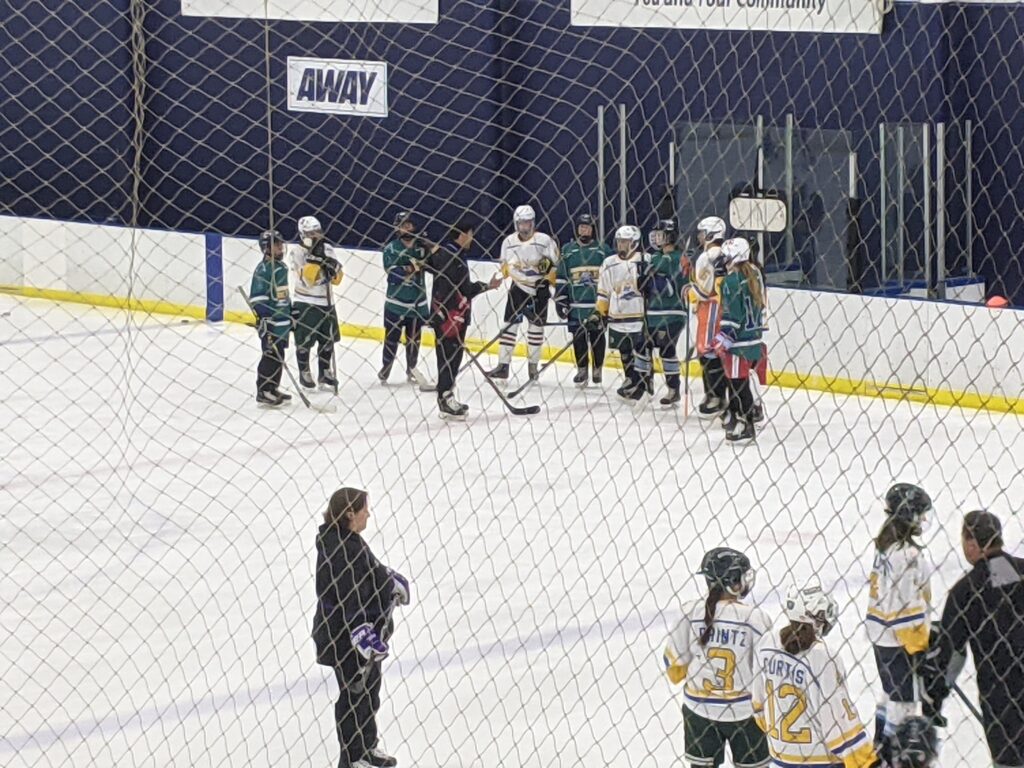
Showcase teams with more “top-program” players had more coaches watching them
Another takeaway from the weekend, is that luck played a role in which team you were on – which then translated into how likely you were to be seen by as many coaches as possible. It is unclear how teams were formed for the event, but it was obvious that some teams had many more players from well-known teams (e.g. Shattuck-St Mary’s, Little Caesars, BK Selects, East Coast Wizards, Chicago Mission) than others. The more “brand-name-team” players on a team’s roster, the more coaches were likely to watch that team play and how often. Some games had what appeared to be a couple of dozen coaches watching from above or along the glass, while for other games I could count the number of non-bench coaches scouting the action on one hand.
For example, there was a game with 20+ players on the ice from those “top programs” playing each other with a full-house of DI coaches, while simultaneously, on a separate rink, there weren’t many coaches watching a game with only 3 “top-program” players.
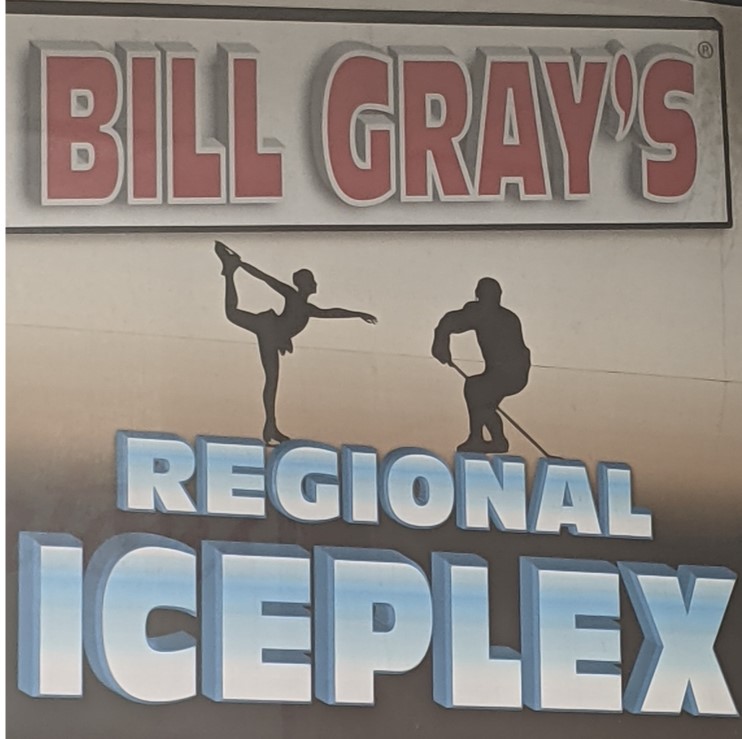
It’s hard to immediately measure the success for a summer showcase weekend
One of the challenges of the weekend was quantifying some key metrics. Based on discussions with my daughter and from what I was able to observe from the stands, at least half of the six coaches she emailed had watched her play in a game – plus she was able to talk with another targeted coach during one of the skills sessions. In addition, she had direct interactions/conversations with about 8 additional DI coaches during the on-ice practices and games. Of course, it is impossible to know which coaches and how many actually scouted her from off-ice positions, this is something we may only discover sometime in the future. So in the end, measuring success of the weekend is a little opaque and one can only hope that sometime after June 15, 2022 we can see the benefits.
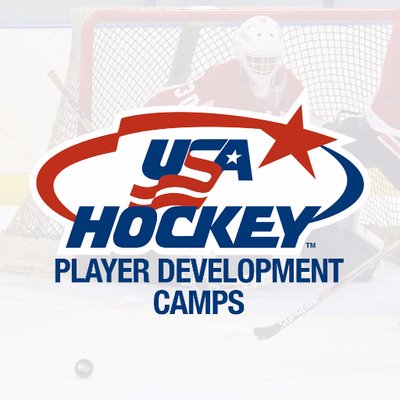
USA Hockey’s Top 2006 Players for 2021
It was great to watch the three 2006’s who were invited directly to the USA Hockey U18 Girls Camp play. All three were big, strong players and very noticeable when they were on the ice. One of them scored a wonderful goal by powering their way to the net and popping the puck top-shelf over the goalie’s shoulder. It was the prettiest play I saw all weekend.
First Steps in a Long Journey
Overall, for a first DI showcase event, it seemed to be a pretty good start. Clearly, several schools now know who my daughter is and the process has begun. We have three more opportunities for her to be scouted this summer (2021 USA National Development Camp, 2021 NAHA College Showcase and the PIP 702 Vegas) before she returns to her boys team in the fall.

